
Those designing buildings, parts of buildings, or changes in use of a building, and specifying associated requirements.
Example occupations:
People who procure products involved in passive fire protection, or those who procure specialist contractors to carry out passive fire protection work.
Example occupations:
Those involved in making available passive fire protection products in the market, either in a manufacturer or in the supply chain as a distributor or retailer.
Example occupations:
Those involved with installing passive fire protection products and systems into new or existing buildings.
Example occupations:
Those who inspect installations (not necessarily the entire building) for suitability and performance of the passive fire protection.
Example occupations:
Those who maintain passive fire protection in existing buildings, or add passive fire protection when making changes to a building.
Example occupations:
Representatives of those who control a building, either as owner occupier, owner / managing agent for a building, leaseholder etc.
Example occupations:
The design & specify domain includes activities that are related to the incorporation of passive fire protection into the design of buildings. This includes activities which take place at RIBA stages 3 (spatial coordination) and 4 (technical design), and those associated with engineering judgements related to a particular design.
For the purposes of this work, the definition of design under the Construction (Design and Management) [CDM] Regulations is being employed. This includes drawings, design details, specifications and bills of quantities (including specification of articles or substances) relating to a structure, and calculations prepared for the purpose of a design. Both the CDM regulations and the Building Regulations (2010) define a designer as any person (including client, contractor, or other person referred to in those regulations) who in the course of business prepares or modifies a design / carried out design work, or who arranges for, or instructs, any person under their control to do so.
Much detailed design and specification of passive fire protection is undertaken by technical specialists within manufacturers or contractors. A smaller amount may be undertaken by Fire Engineers or Architects who specialise in passive fire protection. Design may also be split across disciplines and between client and contractor side designers. In all cases, these individuals are the ones undertaking design tasks, and the associated liability, with regards to passive fire protection.
The activities reflect the types of passive fire protection products or systems that may be designed, and also the engineering tasks associated with the use of products in different circumstances.




The procure domain is those activities involved in the procurement of passive fire protection products or services. These activities may be undertaken by procurement specialists, or by those undertaking design and specification activities.
These activities are those specific to passive fire protection, and do not include more general procurement functions. However, it is important that those undertaking procurement activities are aware of the nuances involved in passive fire protection, and the potential liabilities associated with procurement decisions.



The sell and distribute domain includes activities that are related to making available a passive fire protection system in the market, including the activities of any distributors, wholesalers and retailers of these products. Much of this domain is focussed on ensuring there is suitable product information and advice, and it is particularly relevant to the Code for Construction Product Information (CCPI).
These activities are those specific to passive fire protection, and do not include more general sales or logistics functions. As such, these activities are likely to be undertaken by people in a wide range of occupations that are primarily focussed in other specialisms. Some will be employed by passive fire protection manufacturers or consultants, but many will be undertaken by those in less specialist organisations such as wholesalers.
Activities are designed to cover a broad spectrum of roles, from those who circulate published product information (employed either by a manufacturer or retailer), to those who develop or make engineering judgements about the performance of passive fire protection products.





The install domain includes all activities that are required to successfully install passive fire protection products and systems into buildings. This includes installation into new buildings on construction sites, installation during significant refurbishment or change of use, and the “making-good” of minor works such as firestopping new cable or plumbing connections.
In some cases these activities will form the core of a person’s job role. For example, a firestopping specialist installer might be expected to spend the majority of their time performing these activities on a day-to-day basis, perhaps being competent in a significant number of different techniques. However, there will also be a large number of people in related trades that undertake some passive fire protection installation activities as part of their ordinary roles. Examples may include dedicated trades also firestopping installations following minor renovation works, those involved in a related installation (such as HVAC ducting) fitting passive fire protection as a part of their role, or managers overseeing passive fire as well as more general activity.
As well as the physical installation activities, carried out by specific installers and supervisors, this domain includes more advanced activities normally undertaken by project managers or product specialists, specifically as they pertain to installation work.






The inspect domain contains activities related to the inspection of passive fire protection installations. This may be following completion or during the construction process, and includes multiple methods of inspection.
Inspections are frequently undertaken by dedicated inspectors, but these activities may be undertaken by those in more general roles (such as supervisors) in some scenarios. Inspectors may be internal to the organisation or from an external organisation, for example a client or building owner, or representing a certification body or building control authority. These activities relate only to the inspection of passive fire protection installations, not other aspects of installation or the inspection of a completed building.
As well as carrying-out the inspection on-site, activities are included to allow a complete inspection process to be completed, including reviewing and issuing inspection reports.



The maintain domain includes all activities that are required to successfully maintain passive fire protection products and systems in buildings after they have been installed. This includes installation into new buildings on construction sites, installation during significant refurbishment or change of use, and the “making-good” of minor works such as firestopping new cable or plumbing connections.
In some cases these activities will form the core of a person’s job role. For example, a firestopping specialist installer might be expected to spend the majority of their time performing these activities on a day-to-day basis, perhaps being competent in a significant number of different techniques. However, there will also be a large number of people in related trades that undertake some passive fire protection installation activities as part of their ordinary roles. Examples may include dedicated trades also making firestopping installations following minor renovation works, those involved in a related installation (such as HVAC ducting) fitting passive fire protection as a part of their role, or those maintaining other parts of the building fabric.
These activities are related to the physical installation activities, carried out by those undertaking remedial work. Where more involved changes are required, this is likely to be considered a new passive fire protection installation and activities are defined in the install domain.



The own / occupy domain includes activities that are expected to be performed by building owners, facilities managers, and end-users of buildings. This is separate to the activities of those directing involved in testing or maintenance.

